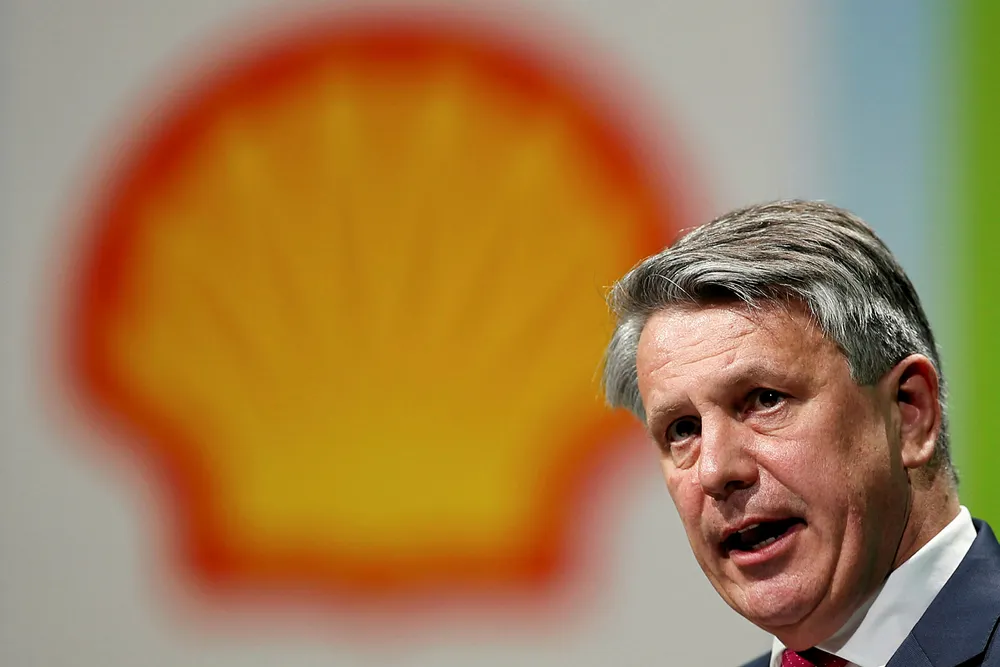Shell’s giant offshore wind-to-hydrogen plan set to survive Covid-19 crisis unscathed
'Limited to no' impact on North Sea mega-plan but oil & gas firms may delay other projects as they try to salvage core business, analysts say

'Limited to no' impact on North Sea mega-plan but oil & gas firms may delay other projects as they try to salvage core business, analysts say
